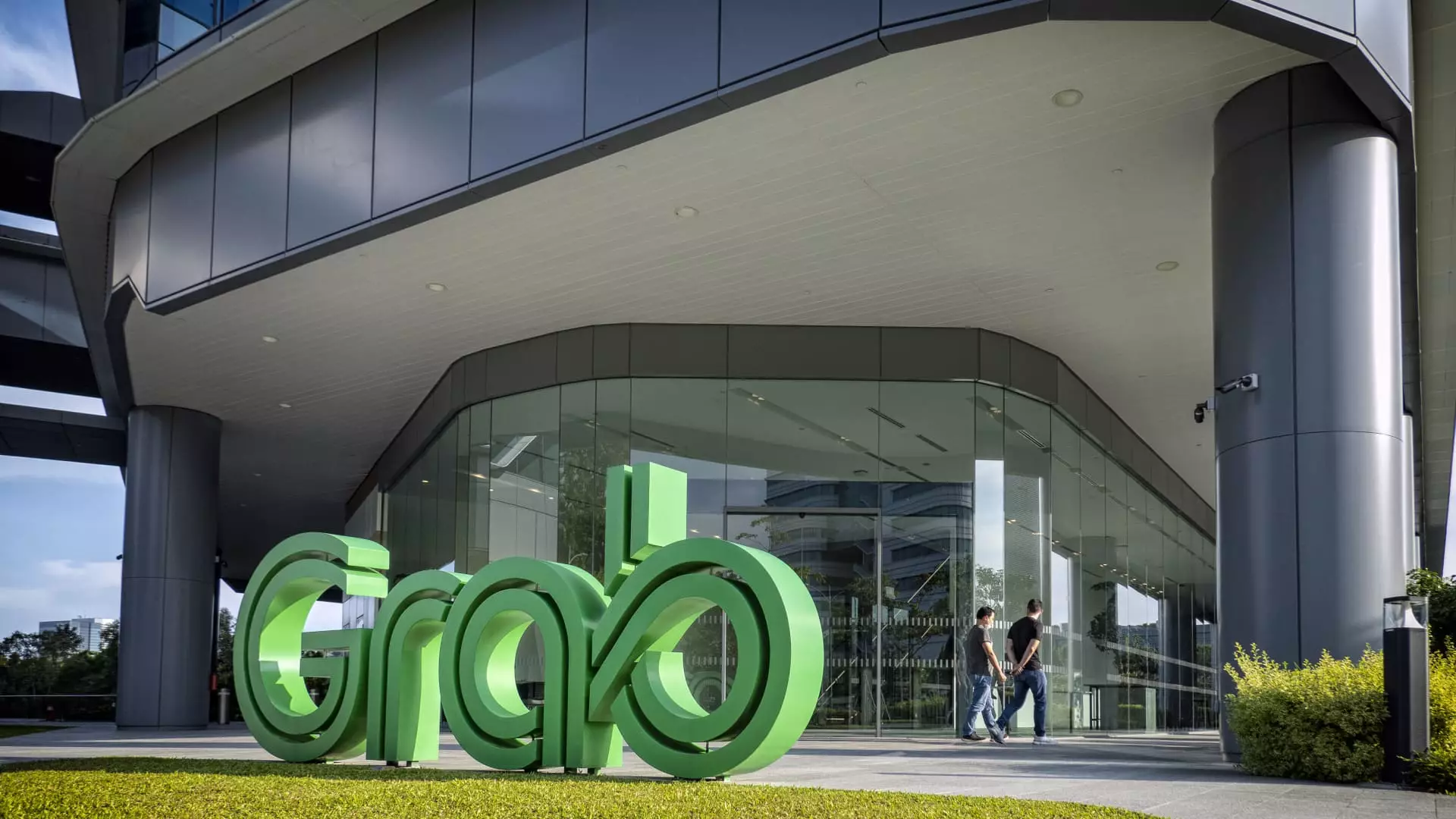In the competitive landscape of ride-sharing and food delivery, Grab Holdings stands out as a prominent entity, particularly in Southeast Asia. Recent developments following the company’s latest earnings report have sent ripples throughout the market, leading analysts to reassess their perspectives on Grab’s stock. Despite navigating through a turbulent quarter marked by weaker-than-expected financial metrics, there emerges a glimmer of optimism regarding the company’s future performance.
Upon releasing its fourth-quarter earnings, Grab Holdings experienced a notable decline in share price, dropping over 10% in a single day. The company’s reported EBITDA and net income for this quarter fell short of market expectations, prompting immediate investor concern. Additionally, Grab’s cautious guidance for the upcoming fiscal year further amplified apprehension among shareholders. For the fiscal year 2025, the company projected adjusted EBITDA between $440 million and $470 million, a figure that undercuts the FactSet consensus estimate of $496.5 million. With projected revenues falling within the range of $3.33 billion to $3.40 billion—slightly misaligned with analyst predictions—investor sentiment appeared shaken.
Despite the initial reaction to Grab’s earnings announcement, a shift in sentiment seems to be brewing. Analyst Ranjan Sharma from JPMorgan has upgraded Grab’s stock from neutral to overweight, setting a price target of $5.60, reflecting a notable upside potential of 16.9%. His analysis suggests that the company’s conservative guidance could ultimately work in its favor, potentially leading to positive revisions in earnings expectations as the year unfolds. Sharma’s insights point to a growing base of monthly transacting users, presaging potential growth in platform engagement and, consequently, its financial performance.
Moreover, Sharma emphasizes the importance of cost management strategies that could enhance service affordability and, in turn, expand Grab’s addressable market. By negotiating reductions in operational costs that can be transferred to consumers, Grab may attract a larger user base while concurrently nurturing its existing clientele. This could foster a cycle of growth, positively influencing mid-term earnings, which investors eagerly hope will materialize.
Adding further intrigue to Grab’s business model is its revival of advertising revenue. With an increase in the number of active advertisers and the ongoing penetration of ad services, analysts foresee an uplift in both delivery revenues and profit margins. This diversification could serve as a foundation for sustaining growth, particularly as the competitive dynamics within the ride-sharing and food delivery markets continue to evolve.
While Grab Holdings faces immediate challenges following a disappointing earnings report, the strategic insights provided by analysts like Sharma suggest that the company is not without its opportunities. As potential growth indicators emerge alongside solid fundamentals, investor sentiment may shift positively, validating Grab as a viable entity in both the ride-sharing and food delivery sectors. Analysts’ bullish outlook, backed by empirical data and performance trends, positions Grab to possibly recover and thrive in a challenging marketplace.

